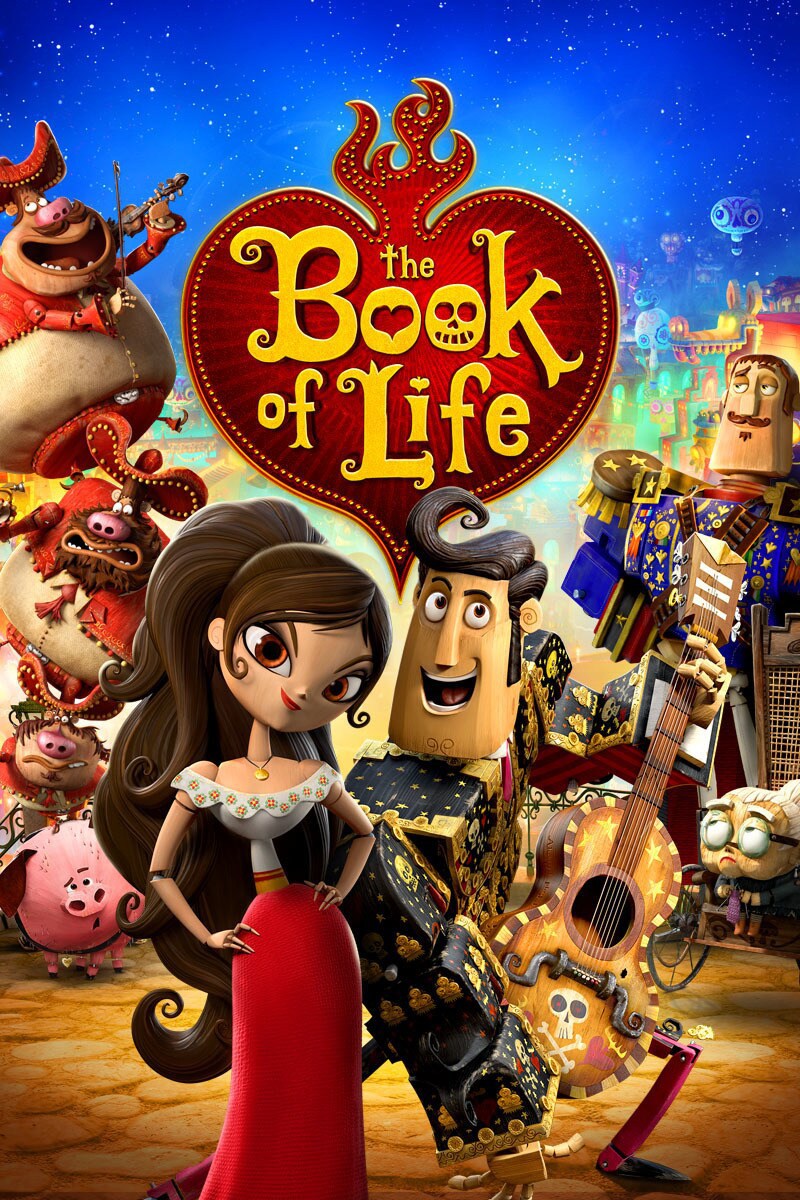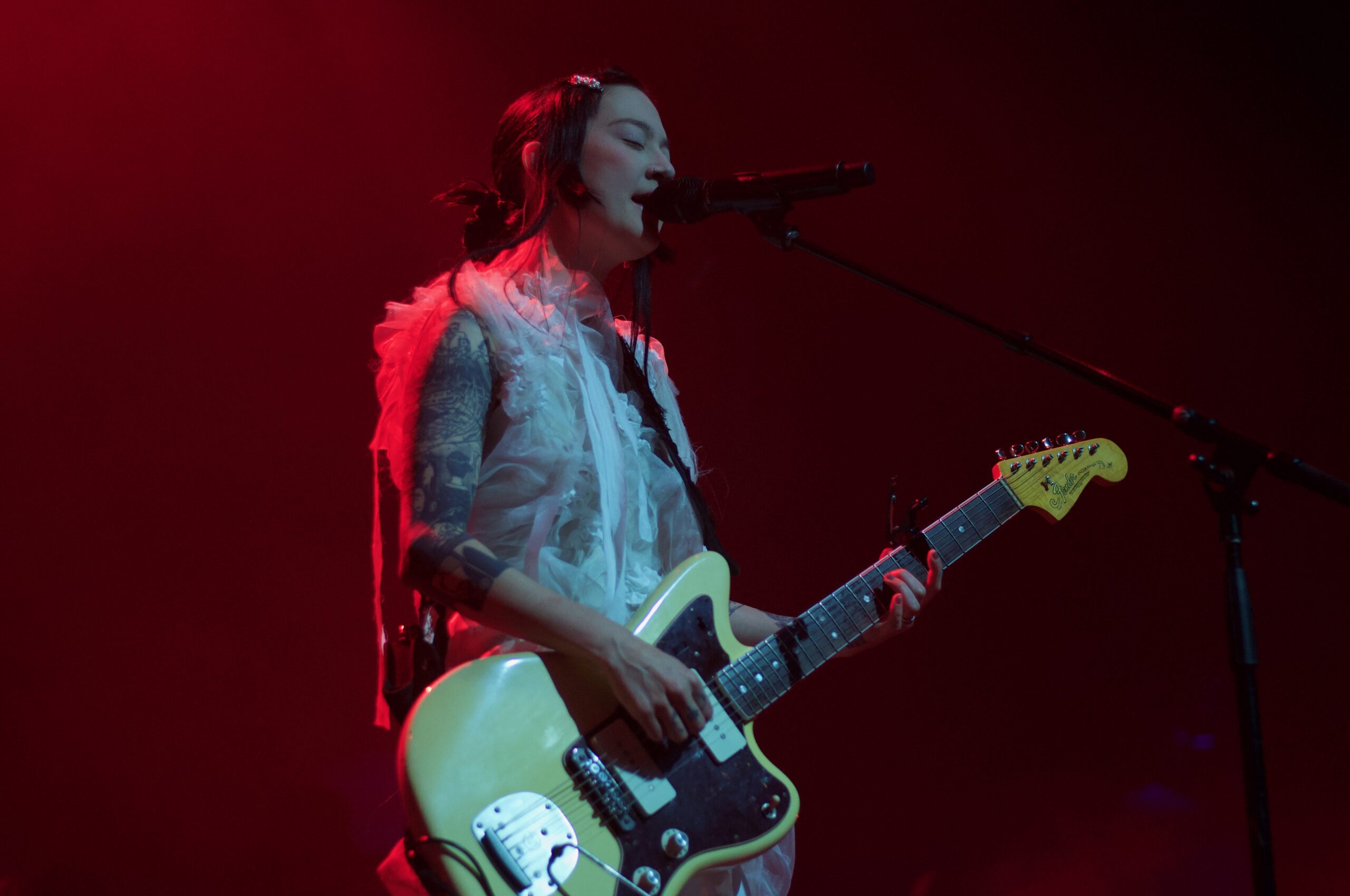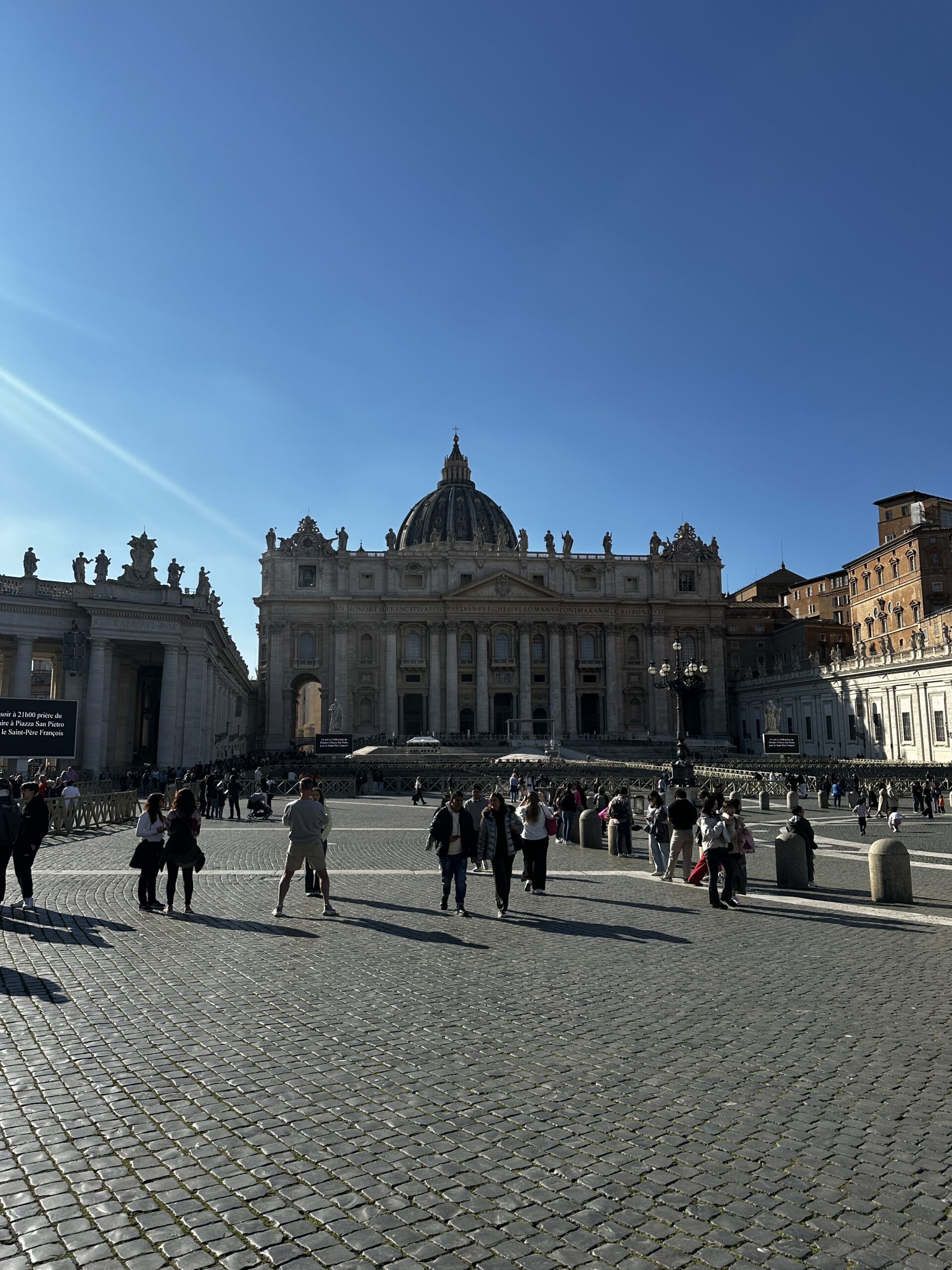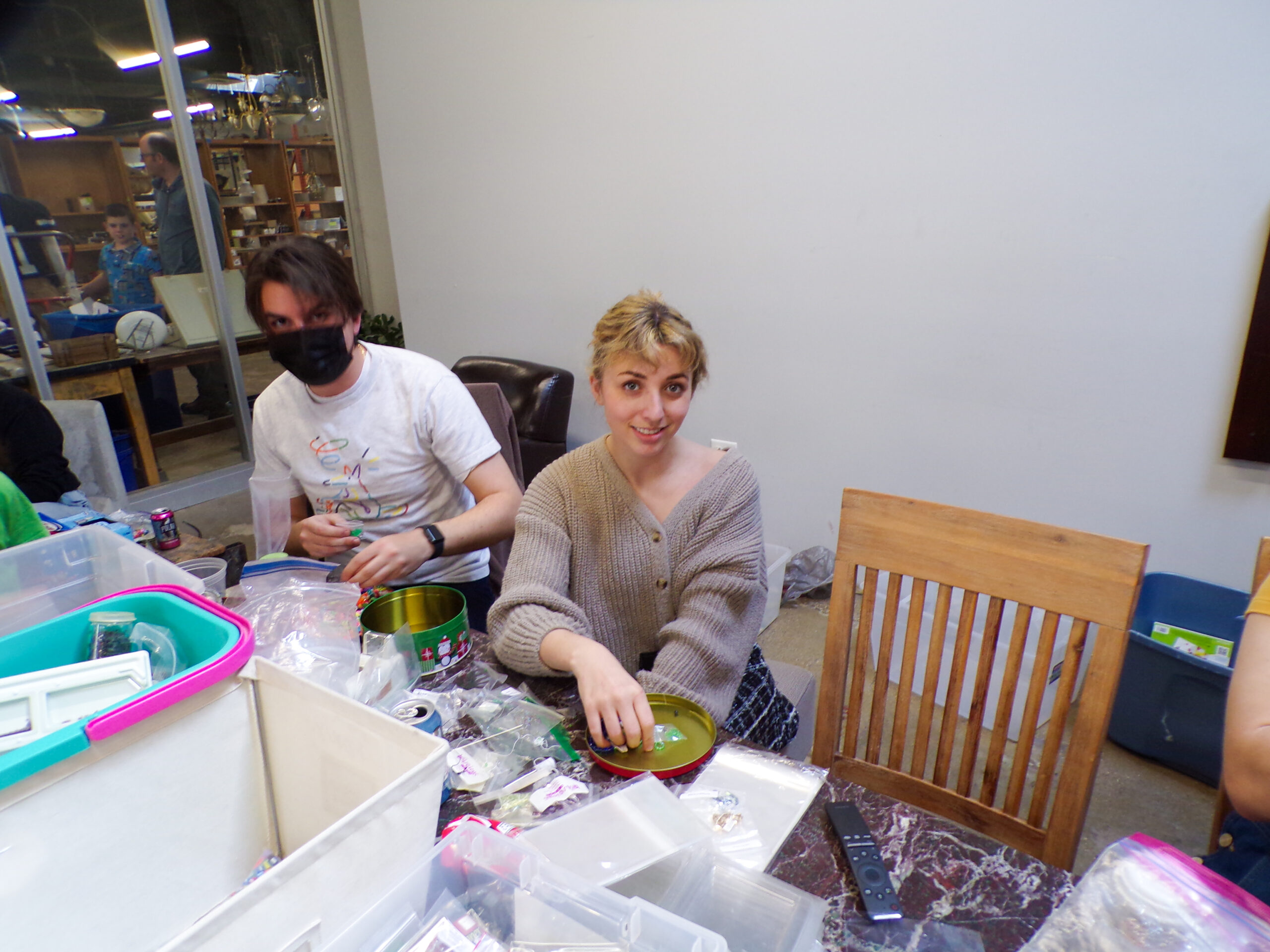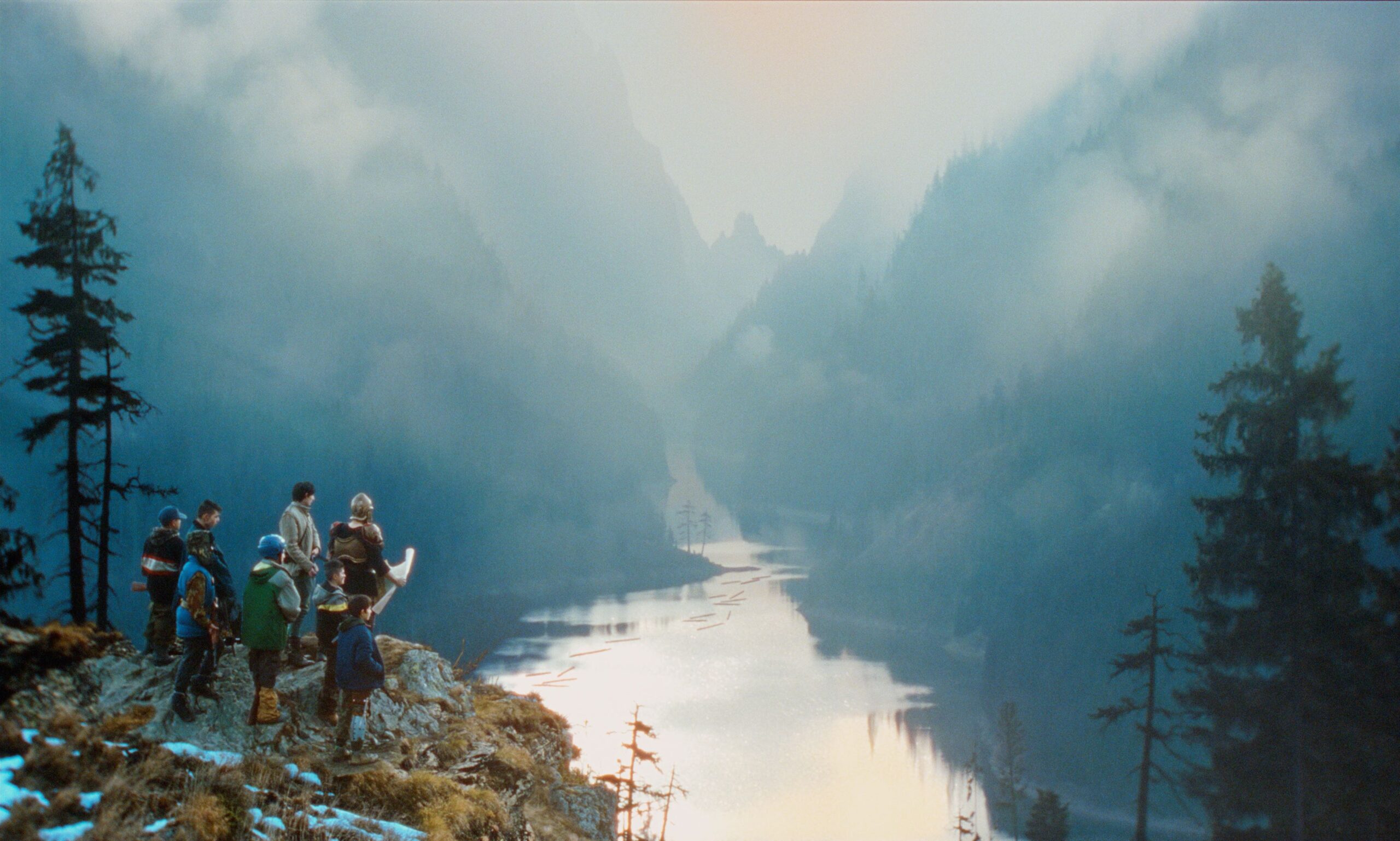“Coco” is not the only popular film about Día de los Muertos.
When thinking of popular animated films surrounding Día de los Muertos, — a two-day Latin-based celebration of the dead — the signature hallmark is Disney’s “Coco.” Both the story and music capture the beauty of Latino culture while remaining a powerful educational tool for those unfamiliar with the holiday and its customs.
Though it’s one of the holiday’s most popular films, it’s not the only one.
“The Book of Life” — a 2014 animated feature from 20th Century Fox — is a comprehensive celebration of Latin American culture, touching on the holiday’s origins and enduring presence.
Directed by Jorge R. Guttierrez, the animated film aims to inspire a younger generation to embrace and take pride in their cultural heritage. Guttierez, a Mexican animator and director, won an Emmy for his former Nickelodeon series “El Tigre,” a children’s superhero show with a Mexican protagonist.
The film begins with a group of elementary school students touring a local museum. Taking place on Nov. 2 — the Day of the Dead — their tour guide instead leads them to a secret room where she reads “The Book of Life,” a story about love’s transcendence through life and death, to the children.
From this point, the film bounces between the real world and the storybook world.
The storybook world takes place in San Angel, Mexico and tells the tale of lifelong friends María, Manolo and Joaquín — the latter two both dream of one day marrying María. Unbeknownst to the trio, a pair of deities place a wager on whether Manolo or Joaquín will take María’s hand in marriage later in life.
The film tackles various hard-hitting themes, including love, death, betrayal and authenticity. It continues to teach young, impressionable audiences about the damage of conforming to social and familial standards.
The film’s two deities, La Muerte and Xibalba, don’t originate from Latin culture and are original characters created specifically for this film. With that being said, the pair draws inspiration from traditions and mythological stories, according to an interview with Xibalba’s voice actor Ron Perlman.
La Muerte, meaning “Death,” is based on the traditions of Día de los Muertos. Throughout the movie, she is depicted as a kind-hearted and gentle woman who oversees the Land of the Remembered, a vibrant afterlife filled with the souls of those being celebrated.
Xibalba is named after the Mayan underworld and roughly translates to “place of fright.” The land Xibalba oversees is the Land of the Forgotten, depicted as a gloomy and frightening place hosting the souls of those no longer remembered by their living relatives. Xibalba’s character is often performing mischievous acts, appearing to be the film’s antagonist — on the surface.
Even the human characters feature distinct personality traits that reflect the culture in which they grew up.
Manolo — the film’s central character — comes from a long lineage of bullfighters, but he aspires to be a musician. He’s often seen carrying around an acoustic guitar on his back and whenever he plays it, the songs pay homage to traditional mariachi and folkloric music. This is best showcased in his iconic cover of Radiohead’s “Creep,” which turns the alternative rock anthem into a sad, soulful track.
Joaquín, Manolo’s best friend-turned-rival, is brave and heroic, being a highly-ranked soldier in San Angel’s army. Joaquín depicts machismo culture, which involves an “overbearing attitude to anyone in an inferior position,” according to the Harvard International Review.
Throughout the film, María’s father, General Posada, attempts to court the pair, despite María having clear feelings for Manolo. Because of the tension, animosity grows between Manolo and Joaquín, who believes he deserves María, as the stronger man.
María’s screen time is largely shared with the boys. Despite this, she still challenges traditional gender norms as an emblem of female independence. Across Latin American culture, embracing feminism and challenging female domesticity continues to be an ongoing battle, according to the BBC.
As the film changes between the real and storybook world, it oscillates between two distinct art styles inspired by Mexican folk art, according to AWN.
When the film opens to the school children in the modern day, it boasts a traditional CGI animation style void of personality and distinction.
Things take an artistic turn in the storybook world where characters are depicted as wooden puppets. While creating these designs, Guttierrez said he referenced hand-carved wooden figures from Mexican folk art, even adding tiny imperfections to each character, according to his interview with The New York Times.
Each realm heavily features stylized characters and locations, with a wide range of colors that represent Latino folkloric art and culture.
The film concludes with Manolo winning the heart of his love, María, and bringing peace to their village. As the students leave the museum, they learn the importance of this long-standing tradition.
Unlike other works, “The Book of Life” takes a deeper dive into the intricacies of Latin American cultures, while touching on the celebration of Día de los Muertos.
Featured image courtesy of 20th Century Studios
-

Matt Sorce is a second-year forensic science major with a minor in criminal justice. When not reviewing music, he’s pretending to study in Cudahy.
View all posts

